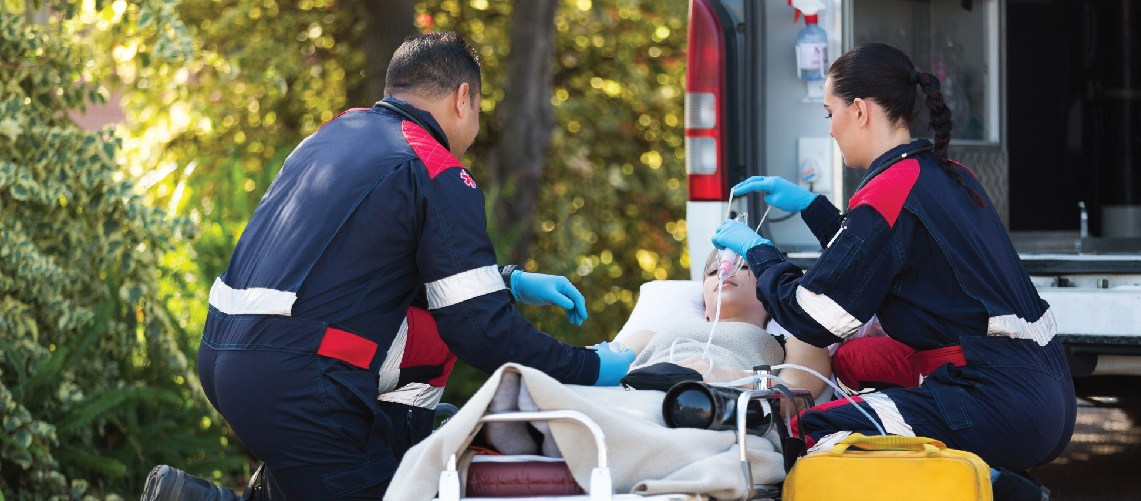
First Aid for the 4 Most Common Medical Emergencies
It is important to be composed and handle things with a sense during a medical emergency. However, it is harder than you think to remain composed during an emergency. Panicking over the situation may lead to confusion, leaving you lose the opportunity of saving a life.
As emergencies may occur at any time, you need to have an idea as to how to react and keep things under control till the medical help arrives. You can deal with the medical emergency by keeping the following 3 principles in mind.
- Do not panic.
- Call for medical help.
- Initiate appropriate action.
Here are 5 common medical conditions which demand you to act wisely before the medical help arrives.
1. Heart Attack
A heart attack occurs when the blood flow to the heart is obstructed or blocked by the plaque that is formed inside the walls of the blood vessels. The interruption of blood flow, if prolonged may damage the heart muscles forcing it to stop beating.
Symptoms
- The person feels pressure, tightness, squeezing and aching sensation in the heart
- Pain radiates from check to upper jaw or left shoulder to the chest
- The person faints and excessive sweats profusely
What Should You Do?
- Make the person sit and loose the clothes if they are tight
- Ensure the surrounding are safe before moving to the next step
- If the person is responsive ask if he is taking any medications for a heart conditions
- If not responsive and not breathing, perform the CPR
What You Should Not Do?
- Should not leave the person leave alone
- Do not give anything to drink or eat except the medications (If you exactly know their usage)
2. Stroke
A stroke occurs when the blood flow to the brain is blocked due to the clots or due to the damaged blood vessels. When the oxygen and nutrients are available due to the blocks, the brain cells get damaged and eventually die.
Symptoms
- Check for the face symmetry if it is dropping on one side
- Check if one side of the body is weak or becoming numb
- Observe if the speech is slurred or unable to understand
- See if the person has become confused
What Should You Do?
- Make the person lie down on a safe surface
- Loosen the clothes and check if they have been injured
- Check for breathing and lay them on their left side if the breathing rate is low
What You Should Not Do?
- Do not give anything to drink or eat
- Do not let the person walk or move
3. Seizures or Fits
This is a neurological disorder occurred due to the dysfunction or failure of the neuro signal transmission in the brain.
Symptoms
- Involuntary and vigorous shakes of limbs
- Unusual eye movement and clenching of teeth or tongue
- Loss of bowel control
What Should You Do?
- Check for any obstructions in the windpipe
- Turn the person to left side
What You Should Not Do?
- Do not hold the person’s limbs while they are shaking
- Ensure sufficient ventilation and check if the tongue is alright
4. Trauma
It is a medical term that refers to the major and minor injuries of the body.
Symptoms
- Severe bleeding and pain
- Loss of consciousness
- The occurrence of seizures in some cases
What Should You Do?
- Try to stop the bleeding without moving the person
- Place ice in case the injured area is swelling (without bleeding)
What You Should Not Do?
- Do not try to straighten the injured leg or hand
- Immobilizing the injured limb with many slings
The first step you would take in any medical emergency would be asking someone to call for medical help immediately if you are not alone and proceed to perform the first aid based on the condition.


